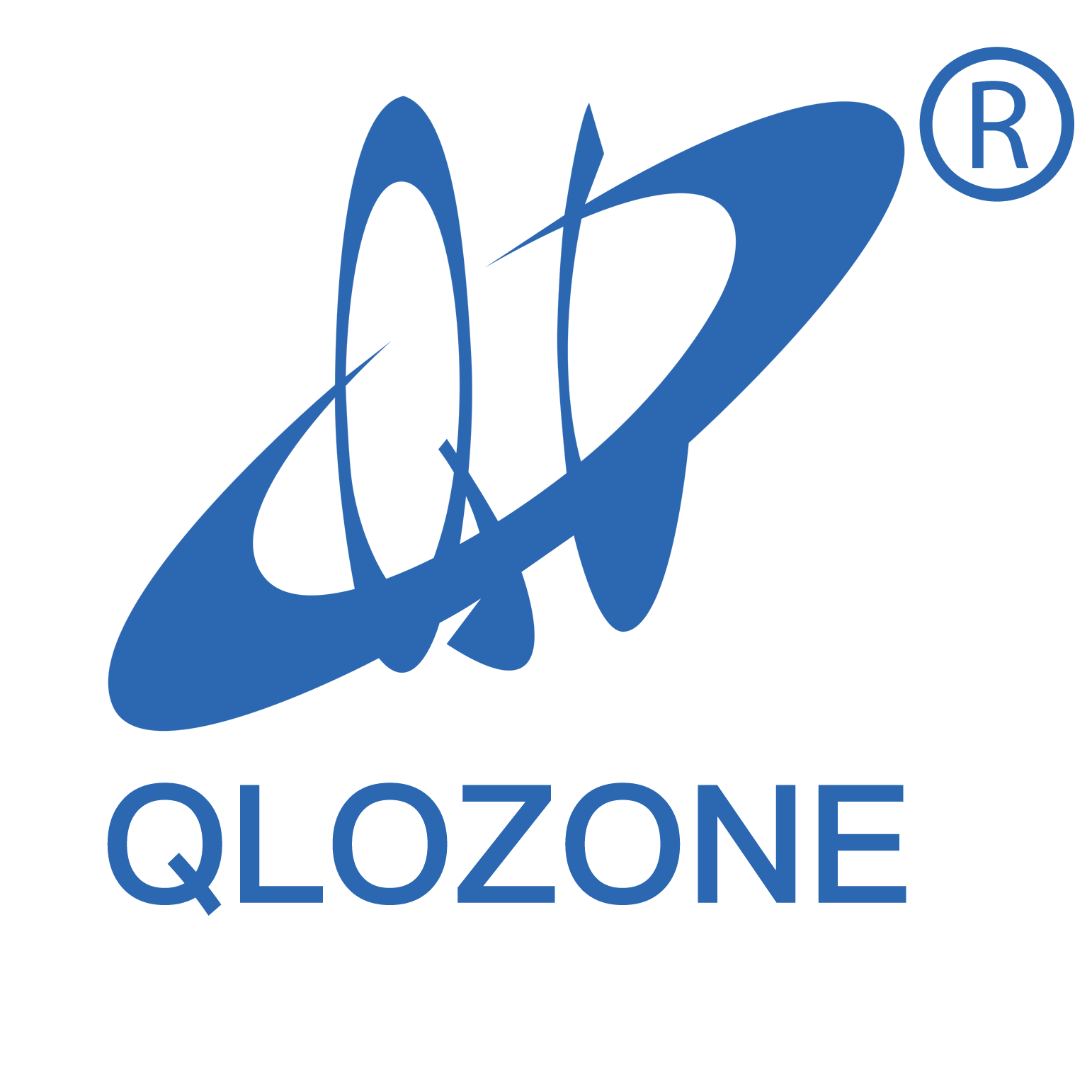Understanding the Vital Role of Pond Pumps in Aquatic Ecosystems
A thriving fish pond relies heavily on proper water circulation, and at the heart of this essential process lies the fish pond pump. This crucial piece of equipment serves as the lifeline for your aquatic ecosystem, ensuring that water remains clean, oxygenated, and healthy for your fish and plants. Whether you're a seasoned pond owner or just starting your journey into pond keeping, understanding how a fish pond pump functions and its benefits can help you maintain a vibrant and sustainable aquatic environment.

The Science Behind Water Circulation in Ponds
Natural Water Movement Patterns
In natural bodies of water, circulation occurs through wind action, temperature changes, and the movement of aquatic life. However, in artificial ponds, these natural processes often need assistance. A fish pond pump creates artificial circulation that mimics these natural patterns, ensuring that water doesn't become stagnant. This movement is crucial for maintaining ecological balance and supporting the diverse life forms within your pond.
The Physics of Pump-Driven Circulation
A fish pond pump operates on basic hydraulic principles, creating pressure differentials that force water movement. As water flows through the pump, it generates patterns of circulation that reach different depths and areas of the pond. This mechanical action ensures that even the deepest parts of your pond receive fresh, oxygenated water, preventing the formation of dead zones where harmful substances could accumulate.
Essential Benefits of Proper Water Circulation
Oxygen Distribution and Fish Health
One of the primary functions of a fish pond pump is to enhance oxygen levels throughout the water column. As water moves through the pump and returns to the pond, it creates surface agitation that facilitates gas exchange between the water and air. This process increases dissolved oxygen levels, which is crucial for fish respiration and overall health. Without adequate circulation, oxygen levels can become depleted, particularly in deeper areas, leading to stressed or dying fish.
Temperature Regulation and Stratification Prevention
Proper circulation helps maintain consistent water temperatures throughout your pond. In the absence of a fish pond pump, ponds can develop distinct temperature layers, with warmer water at the top and cooler, often oxygen-poor water at the bottom. This stratification can create hostile environments for fish and other aquatic life. By keeping water moving, your pump helps maintain more uniform temperatures and prevents the formation of these problematic layers.
Water Quality Enhancement Through Circulation
Debris Management and Filtration
A well-functioning fish pond pump plays a crucial role in debris management by moving floating materials toward skimmers or filtration systems. This continuous movement prevents the accumulation of dead leaves, algae, and other organic matter that could decompose and affect water quality. The pump works in conjunction with your filtration system to maintain crystal-clear water and reduce maintenance requirements.
Nutrient Distribution and Algae Control
Efficient water circulation ensures that nutrients are evenly distributed throughout the pond, preventing concentrated areas that could lead to algae blooms. The movement created by your fish pond pump helps maintain a balanced ecosystem where beneficial bacteria can thrive and process excess nutrients. This natural biological filtration is essential for long-term pond health and clarity.
Seasonal Considerations for Pump Operation
Summer Performance Requirements
During warmer months, your fish pond pump becomes even more critical. Higher temperatures naturally reduce water's ability to hold oxygen, while fish become more active and require more oxygen. The pump needs to work efficiently to maintain adequate circulation and aeration during these challenging conditions. Many pond owners find they need to increase circulation during summer months to maintain optimal conditions for their aquatic life.
Winter Operation Strategies
Winter presents unique challenges for pond circulation. While some pond owners choose to reduce pump operation during colder months, maintaining some level of circulation can prevent complete freezing and ensure fish have access to oxygenated water. Your fish pond pump can help maintain a small ice-free area that allows for proper gas exchange, even during freezing conditions.
Maximizing Pump Efficiency and Performance
Proper Sizing and Installation
Selecting the right size fish pond pump is crucial for optimal circulation. A pump that's too small won't provide adequate movement, while an oversized pump wastes energy and may create too much turbulence. Consider factors such as pond volume, shape, and depth when choosing your pump. Proper installation, including correct placement and plumbing configuration, ensures your pump operates at peak efficiency.
Maintenance and Monitoring
Regular maintenance of your fish pond pump ensures consistent performance and longevity. This includes cleaning intake screens, checking for wear and tear, and monitoring flow rates. Establishing a routine maintenance schedule helps prevent unexpected breakdowns and maintains optimal circulation patterns throughout your pond system.
Frequently Asked Questions
How often should I run my fish pond pump?
For optimal water quality and fish health, your fish pond pump should run 24/7 during the active season. This ensures consistent oxygen levels and proper filtration. During winter, you may adjust the running time based on your climate and specific pond requirements.
What size pump do I need for my pond?
A general rule is to select a pump that can circulate your entire pond volume at least once every two hours. For example, a 1000-gallon pond would need a pump rated at minimum 500 gallons per hour. However, factors like pond depth, fish stock, and filtration systems may require adjustments to this baseline.
How can I tell if my pump is providing adequate circulation?
Look for signs of healthy circulation such as gentle surface movement across the entire pond, clear water, and active fish. If you notice stagnant areas, algae buildup, or fish gasping at the surface, your circulation may need improvement through pump adjustment or upgrade.
Table of Contents
- Understanding the Vital Role of Pond Pumps in Aquatic Ecosystems
- The Science Behind Water Circulation in Ponds
- Essential Benefits of Proper Water Circulation
- Water Quality Enhancement Through Circulation
- Seasonal Considerations for Pump Operation
- Maximizing Pump Efficiency and Performance
- Frequently Asked Questions

